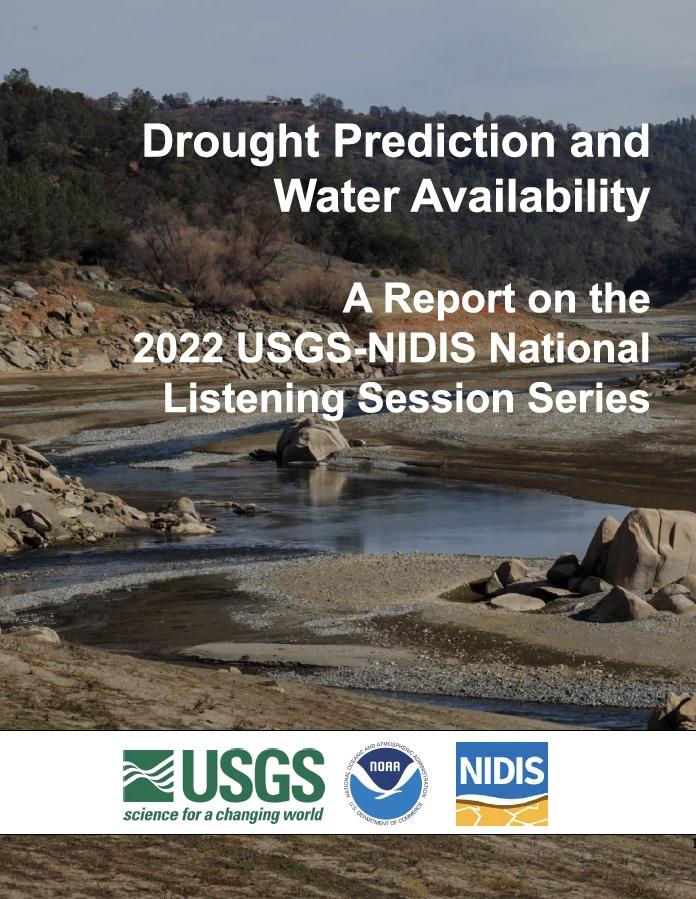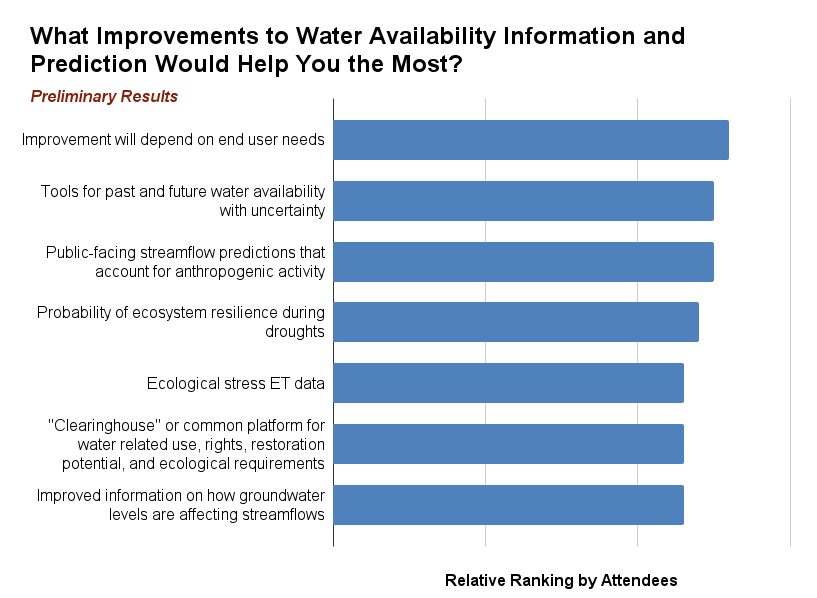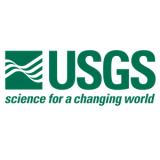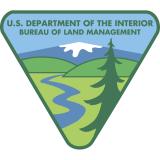Drought Prediction: Water Availability Prediction for Ecosystems - End User Listening Session
The U.S. Geological Survey (USGS) and NOAA’s National Integrated Drought Information System (NIDIS) are holding a series of listening sessions on Drought Prediction and Water Availability to seek input on priorities and needs related to predicting water availability changes under drought conditions at national and regional scales. This input will be used to guide USGS Drought Program planning and orientation, as well as to inform other national drought programs.
This fourth listening session, focused on water availability prediction for ecosystems, was held on September 8, 2022, and included a short introduction to hydrologic prediction products related to ecosystems, followed by guided discussions with participants on priorities for product development or improvement at the national or regional scale.
For more information, see the final USGS-NIDIS report on this series: Drought Prediction and Water Availability: A Report on the 2022 USGS-NIDIS National Listening Session Series.







